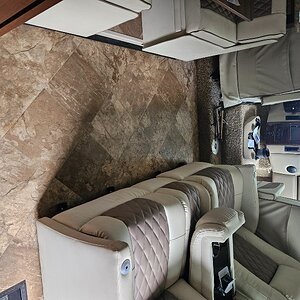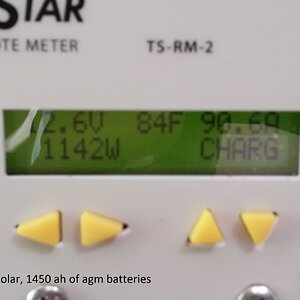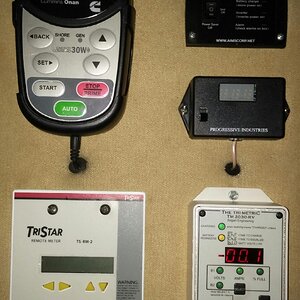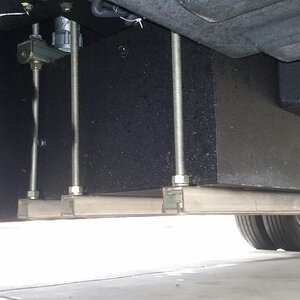stang37
RVF Supporter
- Joined
- Mar 10, 2020
- Messages
- 169
- Location
- Mississippi
- RV Year
- 2016
- RV Make
- Newmar
- RV Model
- Ventana 4002
- RV Length
- 40' 11"
- Chassis
- Freightliner
- Engine
- Cummins
- TOW/TOAD
- 2020 Gladiator
- Fulltimer
- No
I'm not a full timer either and I guess I don't carry enough heavy stuff to shift. I move 150# from the compartment just in front of our TV to the compartment under the copilot seat. Understand that's not a large compartment. 26D x 48L x 18H. I also move the Blackstone grill, propane cylinder, metal lawn chairs, 8' aluminum ladder, extension poles and a lot of misc stuff to the center compartment where the sliding tray is located in an effort to center as much weight as possible in the basement. I have my tool box, tire covers, air hose and sewage stuff in the compartment behind the tag on the drivers side. If we get to HOOTS this year I will 4 corner weight again with stuff relocated just to see the difference. Running out of options based on what we carry when traveling. Thanks for any suggestions.












